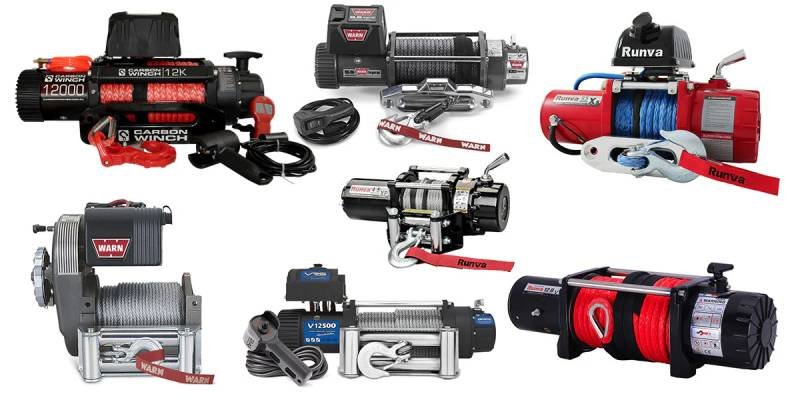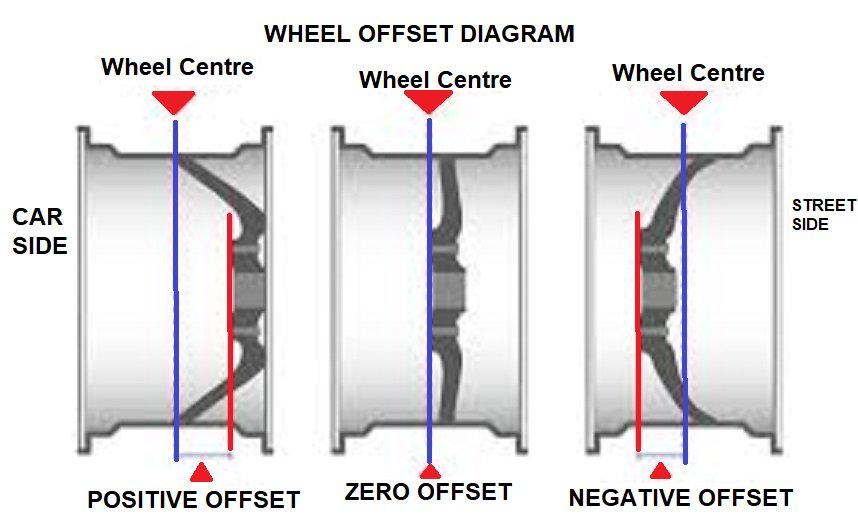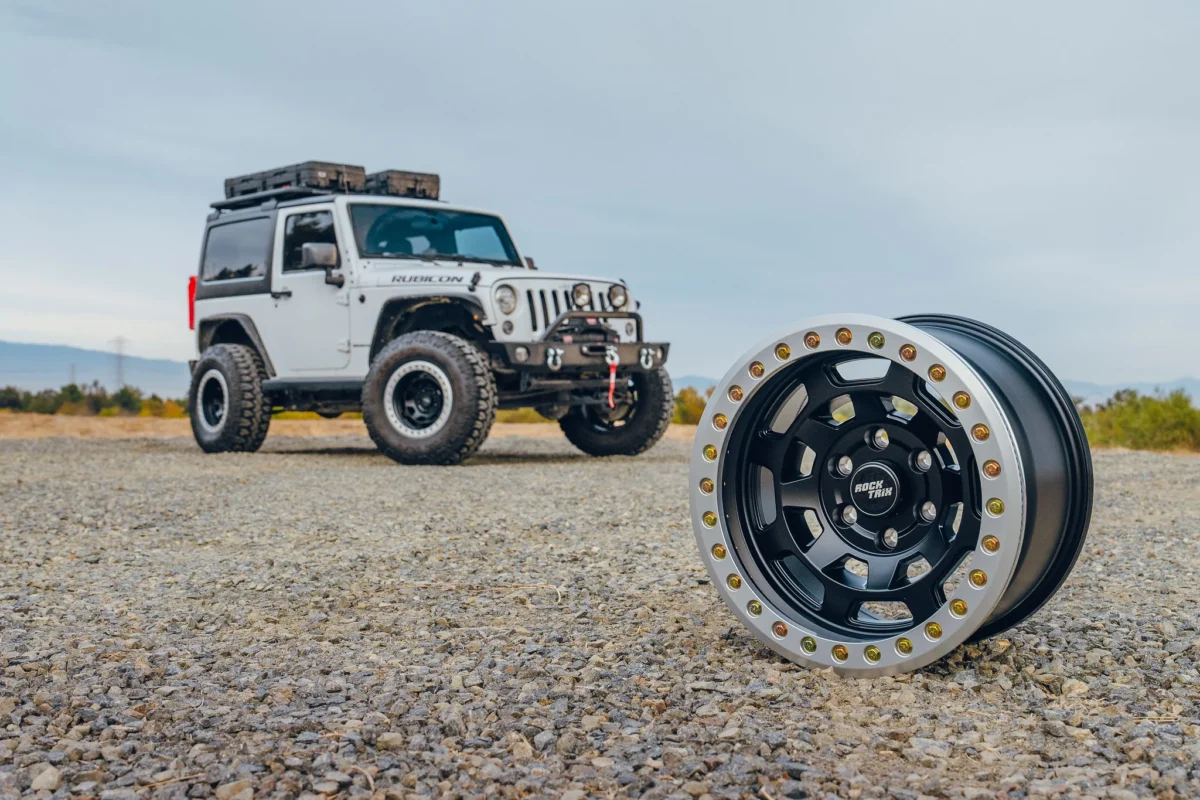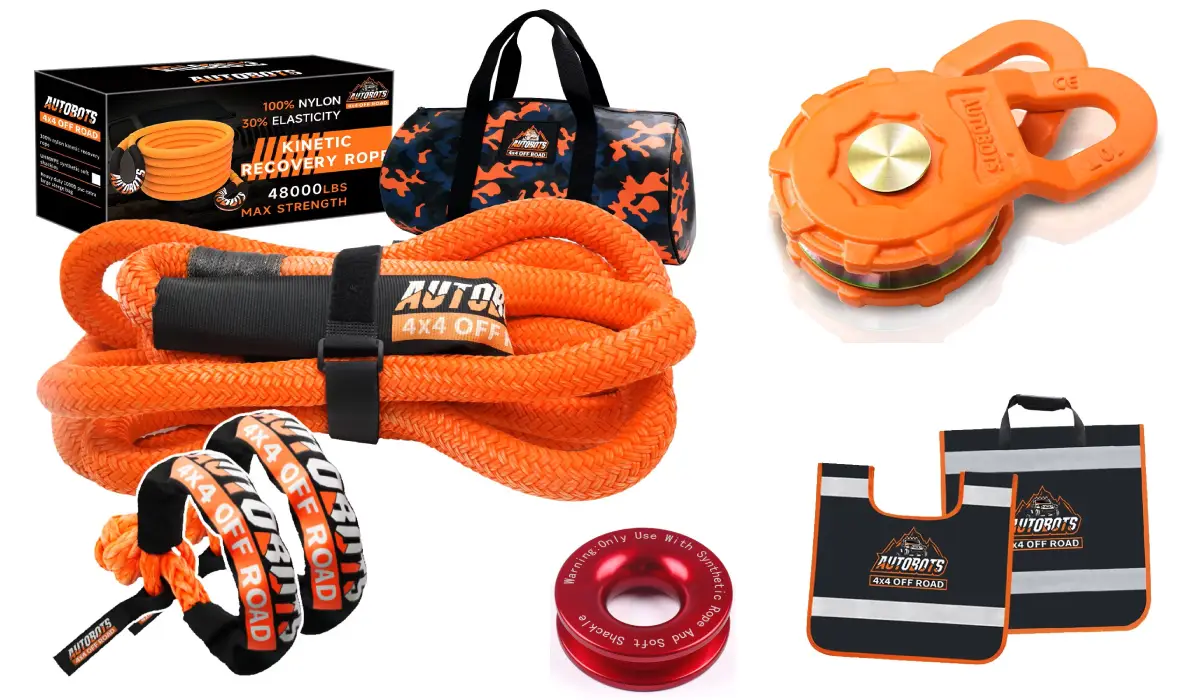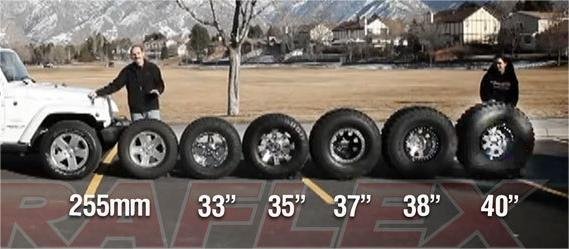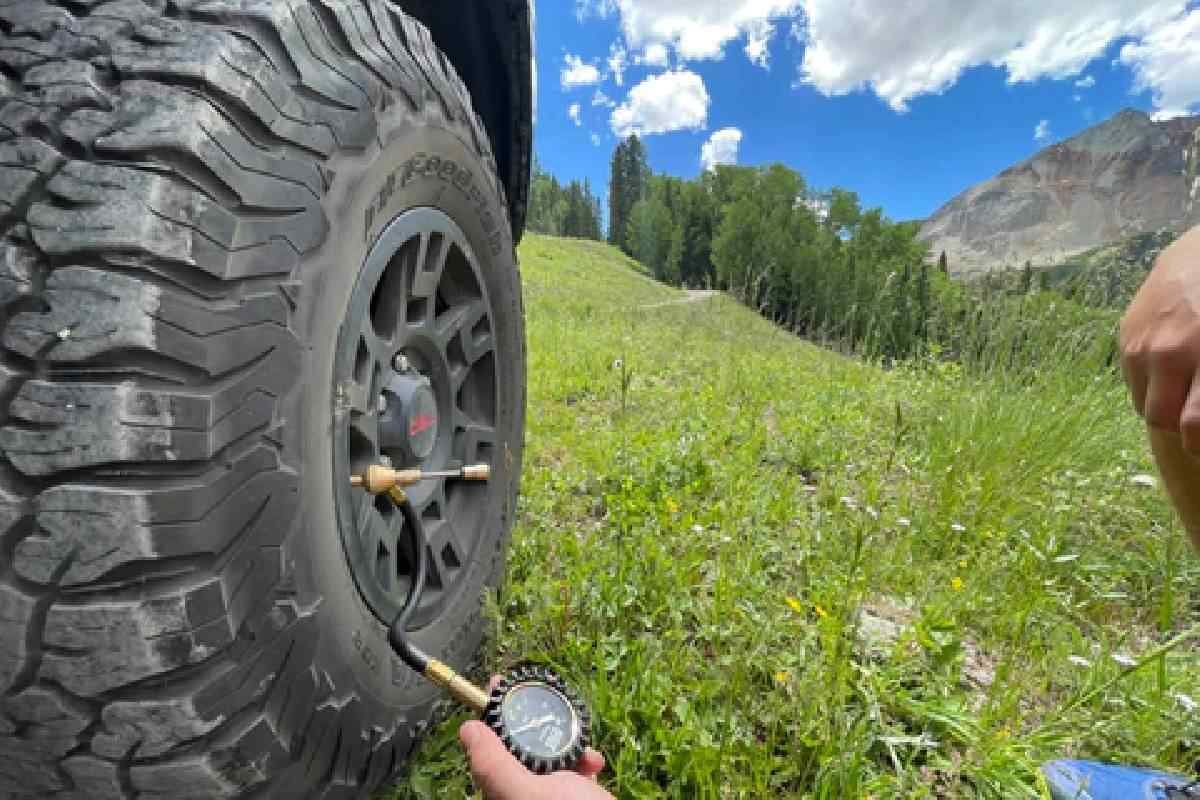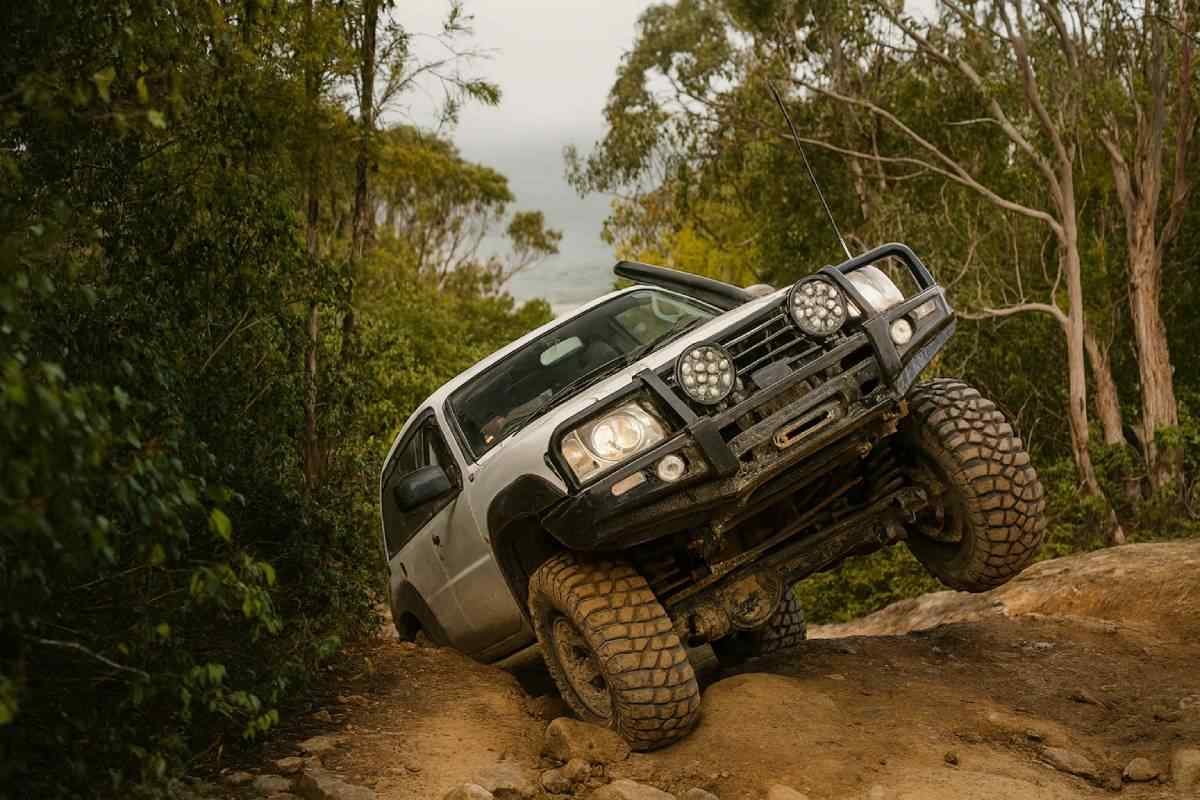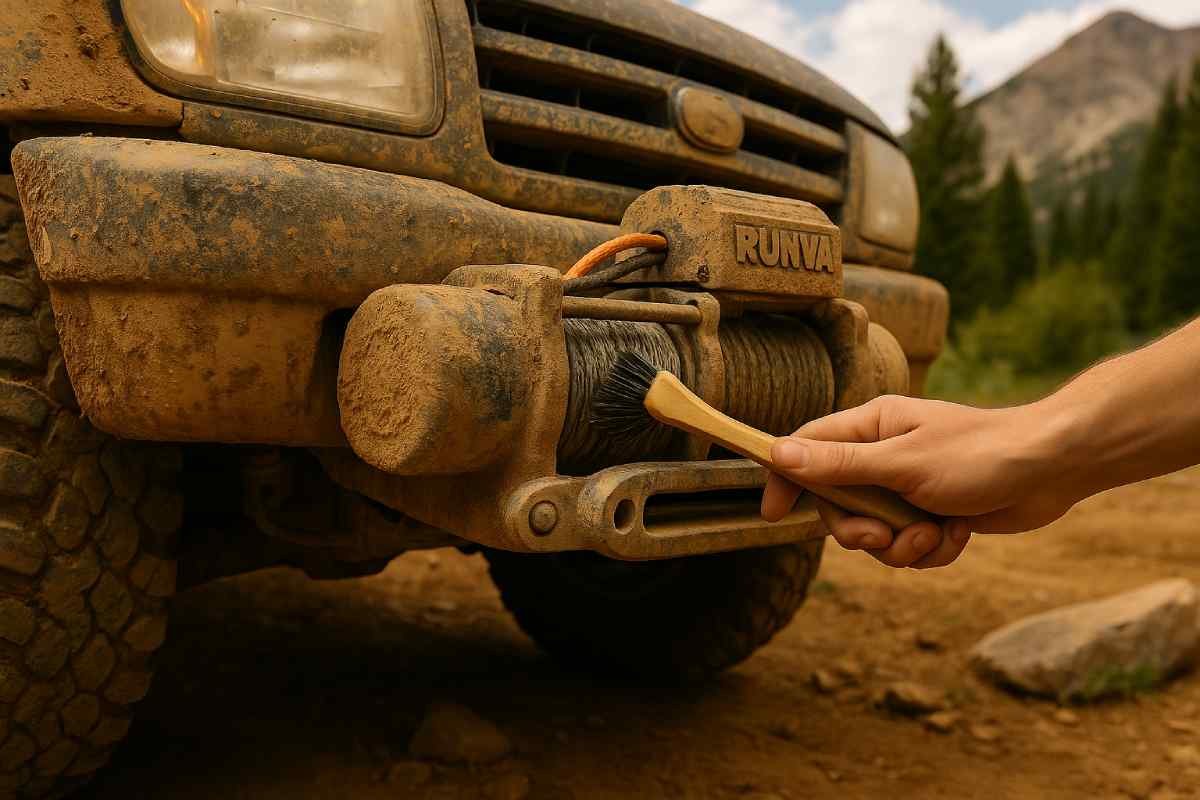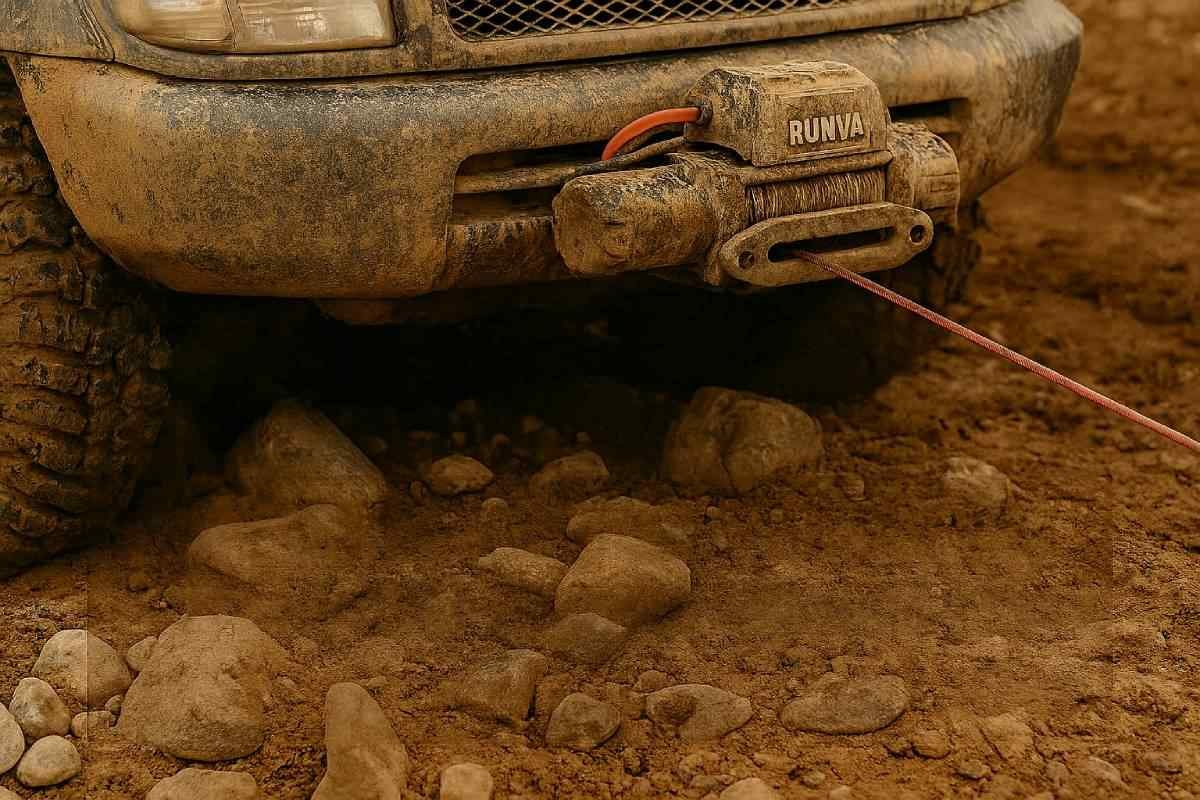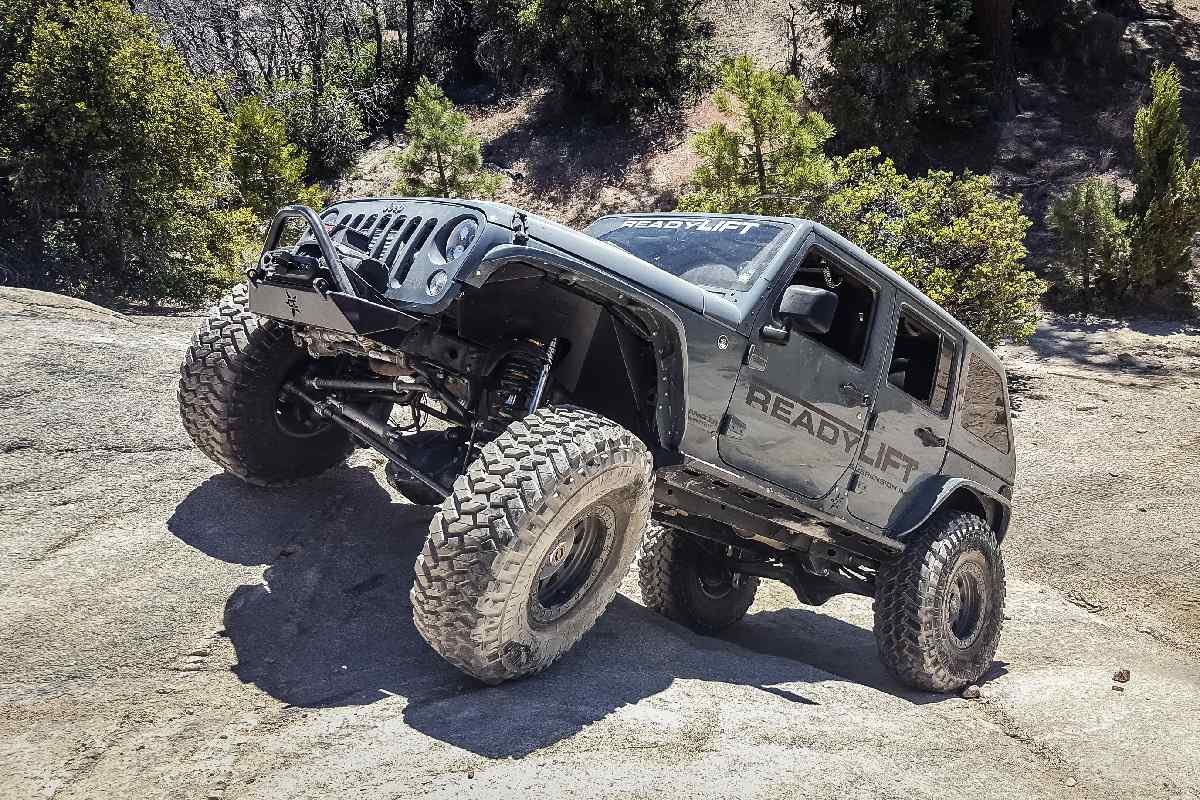When it comes to serious off-road recovery, a winch is more than just an accessory—it’s a lifeline. Choosing the right winch can be the difference between a quick recovery and a long, exhausting day on the trail.
But with so many models and technical specifications on the market, how do you know which winch is right for your vehicle? It’s not just about the biggest number on the box — it’s about understanding how pulling power, motor strength, gear ratios, brake type, line speed, waterproofing, rope options, and control systems all work together in real-world recovery.
In this article, we’ll break down the most important winch specifications:
1. Pulling Power (Rated Line Pull)
2. Motor Power (Horsepower / Kilowatt Output)
3. Gear Ratio
4. Brake Type & Placement
5. IP Rating (Waterproofing)
6. Rope Options (Synthetic vs. Steel)
7. Control Systems (Wired vs. Wireless)
By the end, you’ll know exactly what to look for — and which factors matter most for your type of off-roading. Let’s dig in.
1. Pulling Power (Rated Line Pull)
The rated line pull is the maximum weight a winch can pull on the first layer of rope on the drum. Rule of thumb: Choose a winch rated at least 1.5 × your vehicle’s gross weight (GVW).
Example: A 3,000 kg SUV → 4,500 kg (10,000lbs) winch minimum.
Key Considerations:
1. Pulling capacity drops by 10–15% with each additional rope layer on the drum.
2. Dead loads (deep mud, sand, steep inclines) require much closer to full rated pull
3. Always leave a safety margin of 20–30%
2. Motor Power (Horsepower / Kilowatt Output)
Winch motors are rated in horsepower (HP) or kilowatts (kW).
– Conversion: 1 HP = 0.746 kW
– Permanent Magnet Motors (PM): Light, efficient, cheaper, but prone to overheating.
– Series Wound Motors (SW): Stronger, handle heavy loads better, ideal for serious off-roading.
What to look for:
– 4–8 HP (3–6 kW) series wound motors are best for most 4×4 recoveries.
– Check the current draw curve — many winches consume 300–500 amps at max load.
– Ensure your battery and alternator can supply enough power.
3. Gear Ratios – Balancing Torque and Speed
The gear ratio is one of the most critical, yet often overlooked, winch specifications. It determines how many times the winch drum rotates for each rotation of the motor, directly affecting torque (pulling power) and line speed.
How It Works – Gear ratio = motor rotations : drum rotations
Higher numerical ratio (e.g., 230:1)
- The motor rotates 230 times for 1 drum rotation.
Produces more torque (stronger pulling power)
Drum spins slower → slower line speed
Ideal for heavy loads or vehicles stuck in mud, sand, or snow
Lower numerical ratio (e.g., 180:1)
- The motor rotates 150 times for 1 drum rotation.
Produces less torque
Drum spins faster → faster line speed
Better for light recoveries or shorter pulls
4. Brake Type & Placement
The brake system of a winch is essential for controlling the load and ensuring safety. It prevents the drum from spooling out uncontrollably when under tension and helps maintain steady pulling. The type and placement of the brake can also impact rope life, especially for synthetic ropes.
Drum-mounted brakes → common, but can generate heat that damages synthetic rope
These brakes are located inside the winch drum and are engaged automatically when the motor stops.
Common on many standard winches due to simplicity and lower cost.
External / gear-train brakes → safer for synthetic, reduce drum heat buildup.
Located outside the drum, often integrated into the gear train or planetary gears.
Designed to handle higher loads while reducing heat transfer to the drum and rope.
Always match brake type with rope choice: synthetic ropes perform best with external/gear-train brakes.
5. IP Rating (Waterproofing)
Off-road adventures often expose your winch to mud, dust, rain, snow, and even river crossings. A high IP (Ingress Protection) rating ensures that your winch can withstand these harsh environments without failure.
IP ratings are standardized codes that describe how well a device is protected against solids (dust) and liquids (water). The format is IPXX, where:
- The first digit (0–6) indicates protection against dust and particles.
- The second digit (0–9) indicates protection against water.
| IP Rating | Dust Protection | Water Protection | What It Means for Your Winch |
| IP67 | Dust-tight | Immersion up to 1m for 30 min | Can handle muddy trails, rain, and shallow water crossings |
| IP68 | Dust-tight | Continuous submersion beyond 1m | Ideal for river crossings, deep mud, or snow recovery |
6. Rope Options (Synthetic vs. Steel)
One of the biggest debates in the off-road world is whether to run synthetic rope or steel cable. Each has clear advantages:
Synthetic Rope
✅ Lightweight – up to 80% lighter than steel
✅ Safer – stores less energy, reducing snapback risk
✅ Floats in water – great for river crossings
✅ Easier to handle – no sharp frays
⚠️ Downsides:
- Can degrade under UV light if not covered
More susceptible to abrasion and heat
Needs proper maintenance (cleaning and inspection)
Steel Cable
✅ Extremely durable – resistant to abrasion and heat
✅ Low maintenance – less sensitive to dirt and UV
✅ Ideal for heavy-duty industrial or winch-intensive use
⚠️ Downsides:
- Heavy and harder to handle
Stores more kinetic energy – dangerous if it breaks
Can kink or fray, creating sharp hazards
Verdict: For most off-road enthusiasts, synthetic rope is the safer, more practical choice. However, if your winch sees extreme, constant heavy-duty use (e.g., in mud pits or logging operations), steel cable might still be worth considering.
7. Control Systems (Wired vs. Wireless)
The control system determines how you operate your winch, affecting safety and convenience.
Wired Remote:
- Direct cable connection, highly reliable, works in mud and water.
Limited range and can be less convenient during recovery.
Wireless Remote:
- Operates from a distance, improving safety and flexibility.
Can be affected by interference and requires battery power.
Best Practice: Many winches offer both wired and wireless, giving reliability and safety in all situations.
At OffroadZone, we offer a wide selection of winch models to suit every off-road vehicle and Recovery Gears. Explore all our available options here and find the perfect winch for your adventure.

